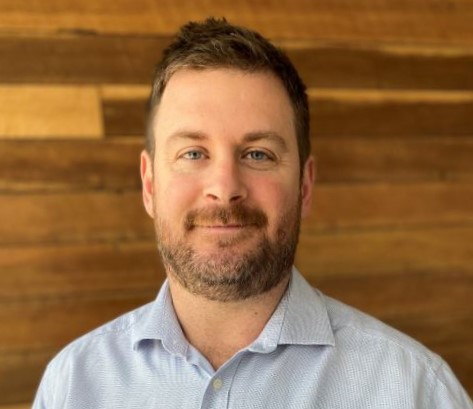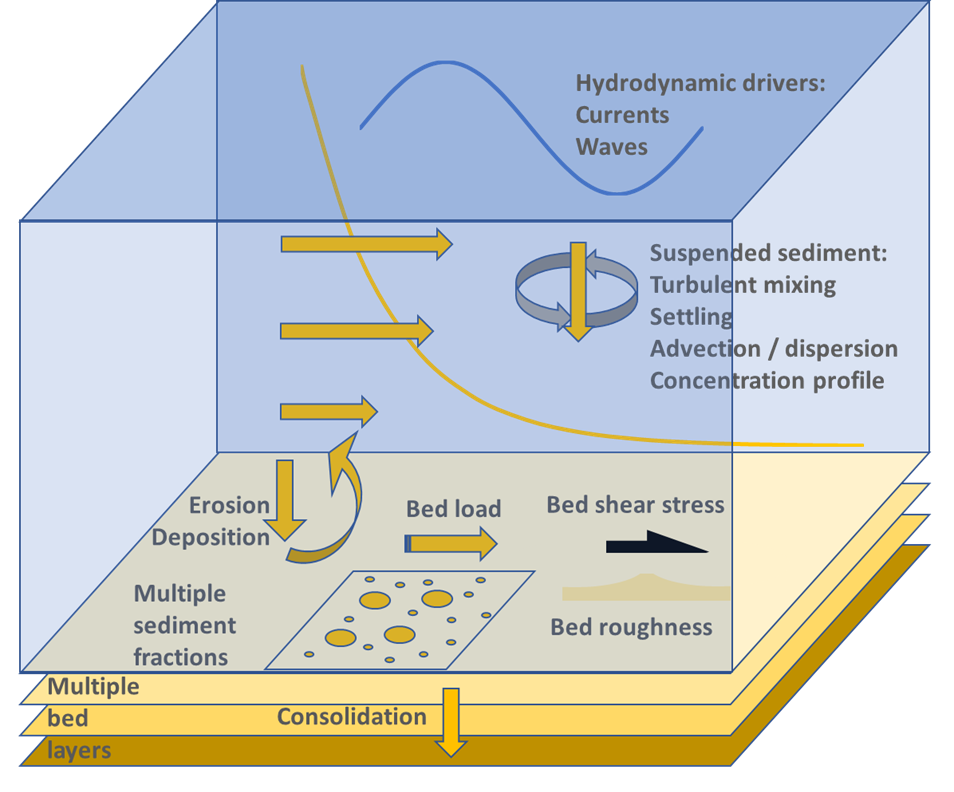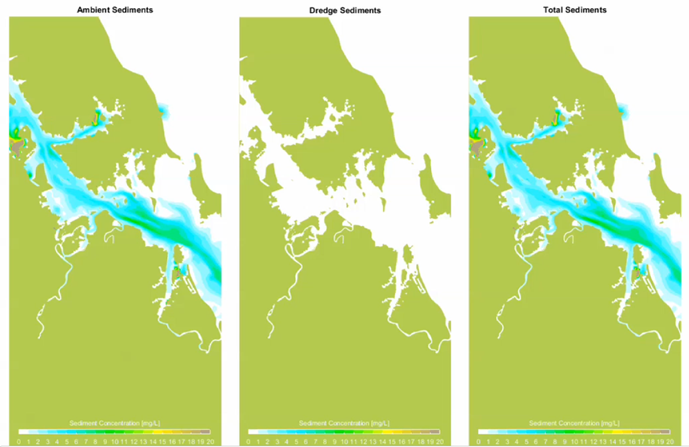Video
2D and 3D Sediment Transport and Morphological Modelling
New methods for modelling mixed cohesive and non-cohesive sediments in riverine, estuarine and coastal environments.
About
This webinar explores the requirements and challenges associated with sediment transport and morphological modelling in 2D and 3D hydrodynamic models.
Learn more about sediment transport modelling with 2D and 3D models and see some of the bench marking and applications including river mouth scour and morphology, dredge plume modelling, river bed armouring and sorting and siltation.
Presenters
Mitchell Smith
TUFLOW (BMT)
Mitchell is an Associate Principal Engineer at BMT and leads TUFLOW FV’s software development, testing/benchmarking, support and training which most recently has involved delivery of TUFLOW FV’s n... Read more
Ian Teakle
TUFLOW (BMT)
Ian is a Principal Engineer within the Brisbane Coastal and Metocean team of BMT. He graduated with an honours degree in Civil Engineering from the University of Queensland in 1999 and was awarded a P... Read more
Shuang Gao
TUFLOW (BMT)
Shuang Gao is an Environmental Engineer and software developer. He currently works at BMT’s Brisbane office on the development and testing of the TUFLOW software suite, a set of shallow water equati... Read more







